Amir H. Assadi
Perception of Motion and Architectural Form: Computational Relationships between Optical Flow and Perspective
Nov 28, 2011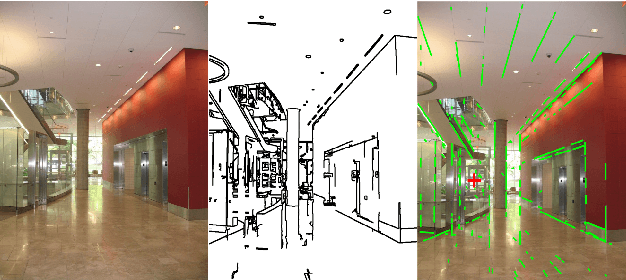



Abstract:Perceptual geometry refers to the interdisciplinary research whose objectives focuses on study of geometry from the perspective of visual perception, and in turn, applies such geometric findings to the ecological study of vision. Perceptual geometry attempts to answer fundamental questions in perception of form and representation of space through synthesis of cognitive and biological theories of visual perception with geometric theories of the physical world. Perception of form, space and motion are among fundamental problems in vision science. In cognitive and computational models of human perception, the theories for modeling motion are treated separately from models for perception of form.
Applications of Machine Learning Methods to Quantifying Phenotypic Traits that Distinguish the Wild Type from the Mutant Arabidopsis Thaliana Seedlings during Root Gravitropism
Aug 31, 2010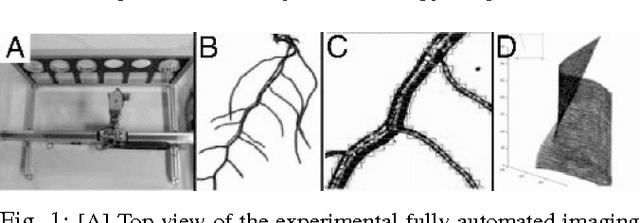

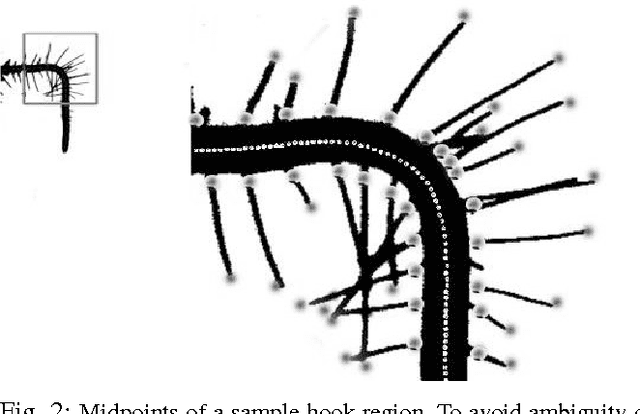
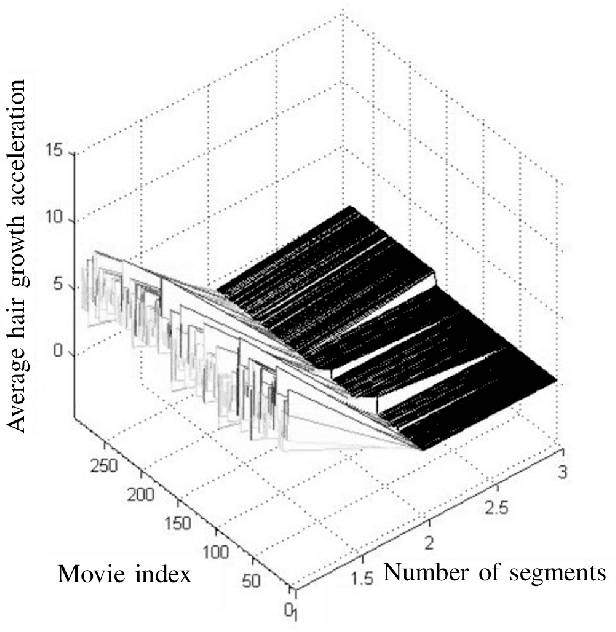
Abstract:Post-genomic research deals with challenging problems in screening genomes of organisms for particular functions or potential for being the targets of genetic engineering for desirable biological features. 'Phenotyping' of wild type and mutants is a time-consuming and costly effort by many individuals. This article is a preliminary progress report in research on large-scale automation of phenotyping steps (imaging, informatics and data analysis) needed to study plant gene-proteins networks that influence growth and development of plants. Our results undermine the significance of phenotypic traits that are implicit in patterns of dynamics in plant root response to sudden changes of its environmental conditions, such as sudden re-orientation of the root tip against the gravity vector. Including dynamic features besides the common morphological ones has paid off in design of robust and accurate machine learning methods to automate a typical phenotyping scenario, i.e. to distinguish the wild type from the mutants.
Pattern Recognition in Collective Cognitive Systems: Hybrid Human-Machine Learning (HHML) By Heterogeneous Ensembles
Aug 31, 2010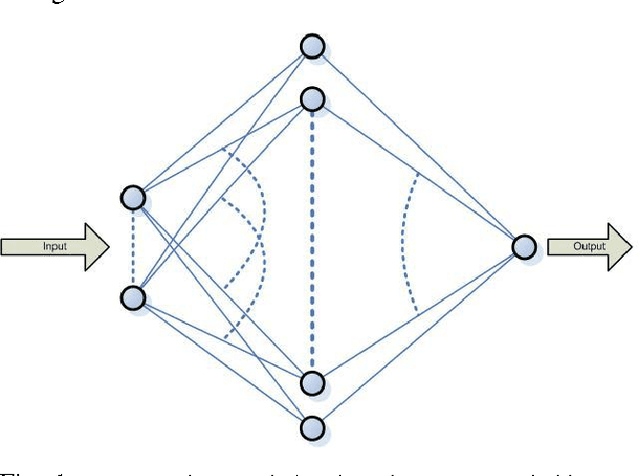
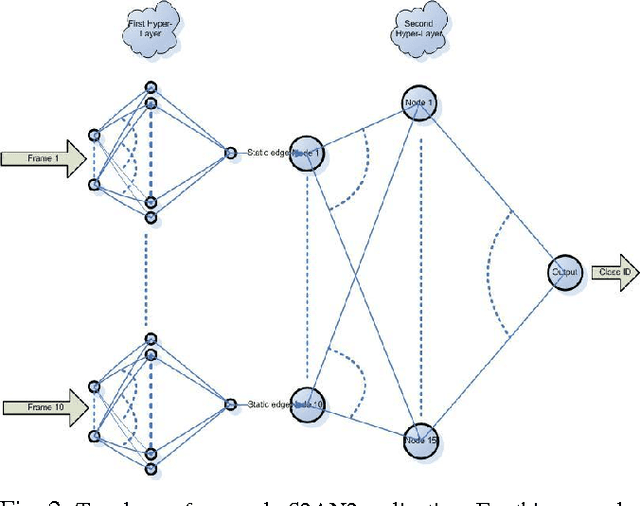
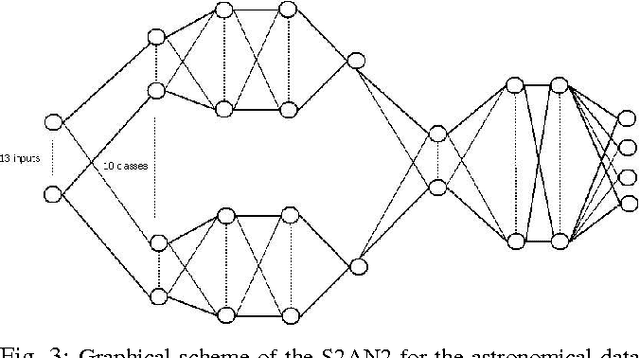

Abstract:The ubiquitous role of the cyber-infrastructures, such as the WWW, provides myriad opportunities for machine learning and its broad spectrum of application domains taking advantage of digital communication. Pattern classification and feature extraction are among the first applications of machine learning that have received extensive attention. The most remarkable achievements have addressed data sets of moderate-to-large size. The 'data deluge' in the last decade or two has posed new challenges for AI researchers to design new, effective and accurate algorithms for similar tasks using ultra-massive data sets and complex (natural or synthetic) dynamical systems. We propose a novel principled approach to feature extraction in hybrid architectures comprised of humans and machines in networked communication, who collaborate to solve a pre-assigned pattern recognition (feature extraction) task. There are two practical considerations addressed below: (1) Human experts, such as plant biologists or astronomers, often use their visual perception and other implicit prior knowledge or expertise without any obvious constraints to search for the significant features, whereas machines are limited to a pre-programmed set of criteria to work with; (2) in a team collaboration of collective problem solving, the human experts have diverse abilities that are complementary, and they learn from each other to succeed in cognitively complex tasks in ways that are still impossible imitate by machines.
* International Conference on Artificial Intelligence, WorldComp 2010
 Add to Chrome
Add to Chrome Add to Firefox
Add to Firefox Add to Edge
Add to Edge